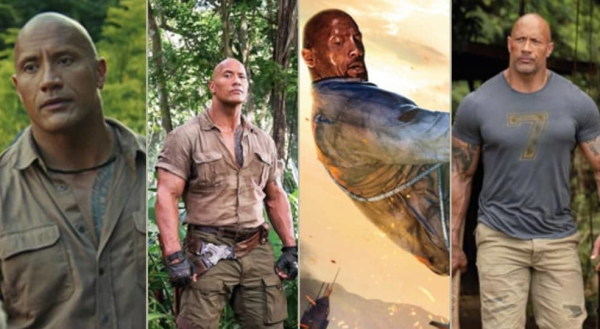Are all superhero movies becoming the same?
Marvel Studios recently celebrated its ten-year anniversary. In recent years, no genre has taken the world by storm quite like superhero movies, with the studio churning out some of the highest-grossing films of the past decade.
In recent years, no other movie genre has reached its zenith quite like superhero movies. With the MCU (Marvel Cinematic Universe) and Detective Comics Extended Universe (DCEU) franchises raking in $25.6 billion and $5.8 billion, respectively, it’s evident that superhero movies have had great success not only with fans but with a wide variety of audiences. Film studios have capitalized on superhero films’ immense popularity and steady stream of box office lucre, creating a new genre of today’s superhero movies: enjoyable, accessible, profitable, and… identical.
And it’s a matter of supply and demand.
The primary goal of a film studio is to make money. When moviegoers demand superhero or superhero-esque action films and are willing to pay the price to watch these movies, film studios will continue to supply their audience with more of the same.
Since the mid-20th century, demand for superhero films has been rising alongside the rising popularity of comic books. Batman first appeared in Detective Comics #27 in 1939 and Iron Man debuted in Iron Man #1 in 1968. And before the turn of the century, there were plenty of popular superhero movies, like Michael Keaton’s Batman and Christopher Reeves’ Superman. Reeves’ first Superman movie had a budget of $55 million, the most expensive film made up to that time, and grossed $300 million, the second highest-grossing movie in 1978.
In 2008, Marvel Studios released its first MCU (Marvel Cinematic Universe) movie, “Iron Man.” It was an instant hit, grossing $585.8 million. Since then, Marvel has released 27 superhero films in addition to many popular TV shows. In total, the Marvel Cinematic Universe franchise has amassed around $25.6 billion globally. To put that in context, since 2008, box offices around the world have raked in a total of approximately $137 billion. And more generally, the highest-grossing movies of the year since 1995 are almost entirely action movies, many of them being superhero movies.
Marvel Studios’ incredible success is a clear example of the movie-moviegoer self-reinforcing cycle. Because superhero and action films have proved themselves, again and again, to rake in money, add to fanbases, and connect to other movies in the franchise, Hollywood is strongly incentivized from making any movie that isn’t part of this new genre—that is, following the formula of being centered mostly on external conflict, peppered with bathos, and packed with visually impressive CGI battles.
These films often go something like this:
It’s the third act of [insert superhero movie]. Our heroes have reassembled after learning the power of teamwork and are now ready to take down the villain. A swirling vortex of dark smoke, punctuated by the occasional bluish CGI laser beam, hovers over some sprawling metropolis. One of our heroes gives a rousing speech that is cut off by our comedic relief character making a quirky interjection about how good they are at speeches because everyone loves bathos. Our heroes leap into battle, flipping cars, saving civilians, and fighting a faceless CGI bad-guy army that looks like a combination of orcs, elves, or robots, color-graded in shades of cold colors only. (What are they? Why are they fighting for the villain? I guess we’ll never know. None of them have any lines.) Someone finds a (probably glowing) MacGuffin called something along the lines of “internal circuit mainframe cortex,” makes a sacrifice that they miraculously walk out fine from, and the day is saved.
Now, that isn’t to say that there is something inherently unacceptable about today’s action or superhero movies—they’re fun, exciting, and accessible. The problem lies with the fact that Hollywood and its audience are straying from these movies less and less.
In the realm of literature and film, it’s often the works that challenge the norm and bring something new to the table which revolutionize and leave a mark on generations. New themes, ideas, plots, and ways of storytelling can make an indelible mark on audiences creatively, culturally, socially, and morally.
Some of today’s superhero and action films do encompass sophisticated ethical dilemmas, such as “The Dark Knight,” and many of today’s blockbuster action movies touch upon complex, emotional conflicts related to friendship or sacrifice. However, too often do these films fail to truly take on challenging questions in eye-opening, refreshing ways and bring the audience along with them.
And so long as the demand for blockbuster action and superhero movies increases, producers and studios will only continue to rush to create more of them, drowning out the more nuanced, new, and riskier movies.
By being more open-minded, we as moviegoers can help diversify the film stage.
Lawrence Feng is a senior and is excited for his second year in Journalism. This year, he is the News...

Macie Calvert is a senior in her third year of Journalism and the editor-in-chief of The Stampede this...








